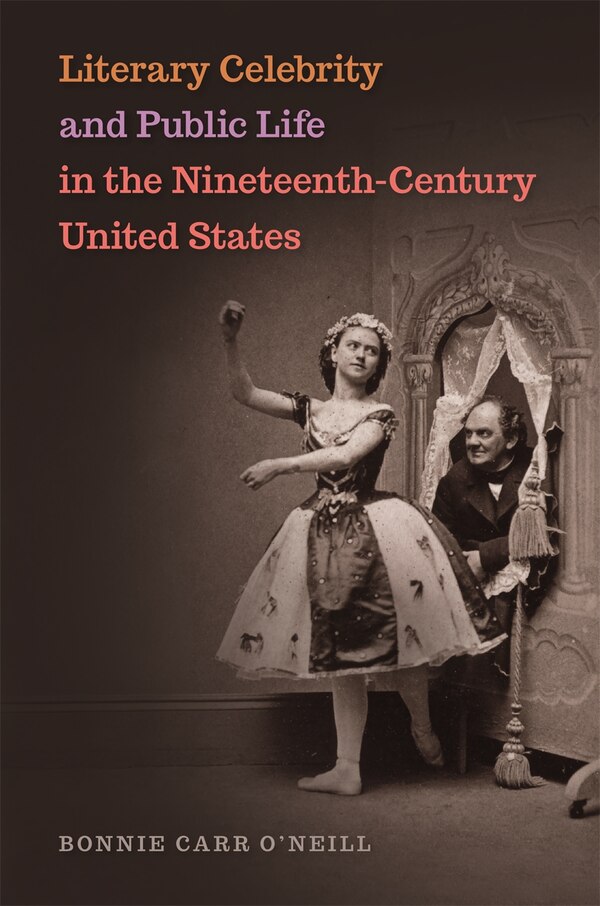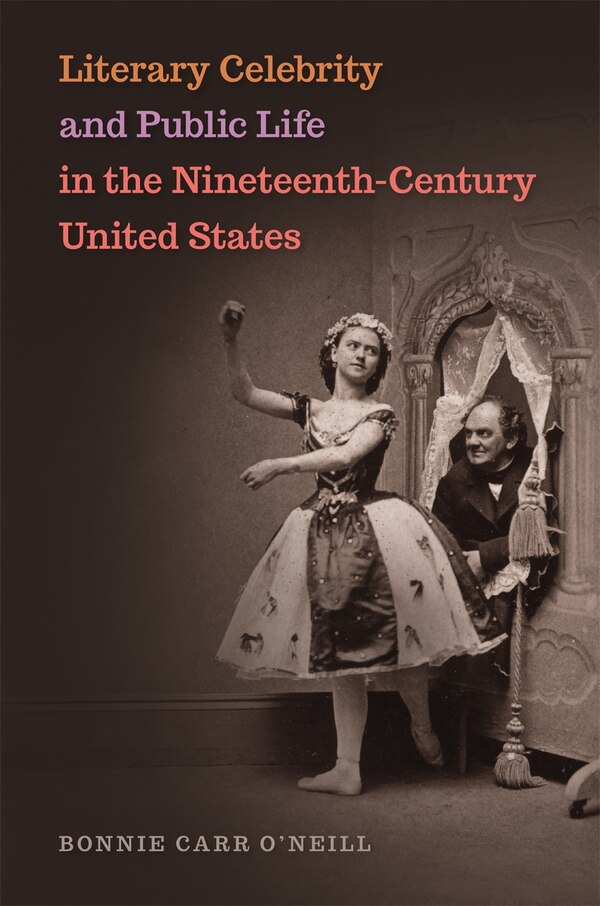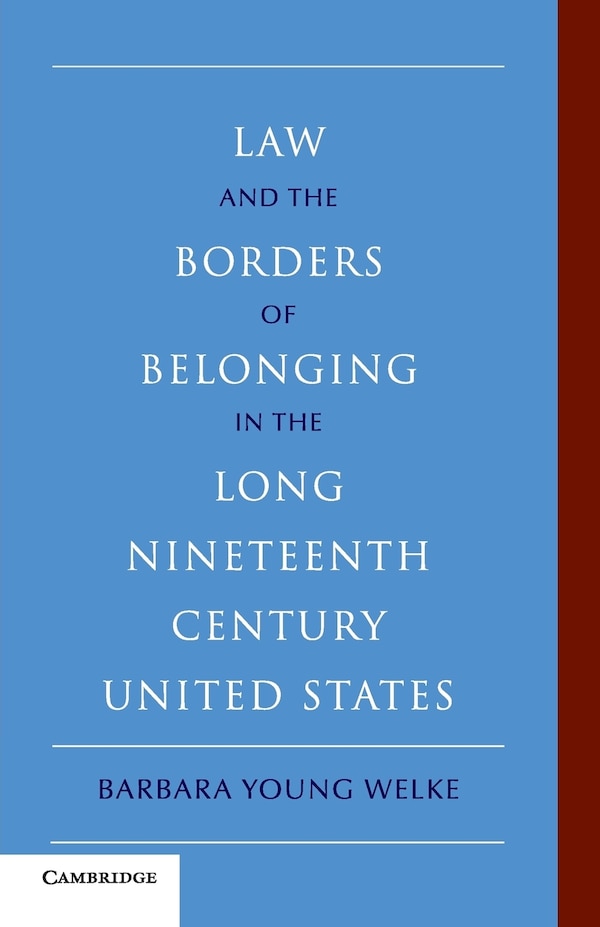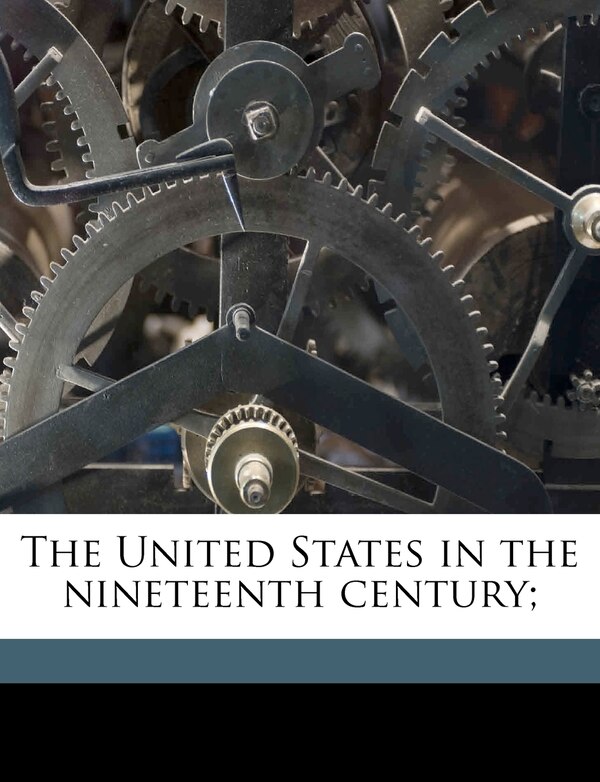Home
Writing Pain in the Nineteenth-Century United States by Thomas Constantinesco, Hardcover | Indigo Chapters
Loading Inventory...
Indigo
Writing Pain in the Nineteenth-Century United States by Thomas Constantinesco, Hardcover | Indigo Chapters
From Thomas Constantinesco
Current price: $103.06


Indigo
Writing Pain in the Nineteenth-Century United States by Thomas Constantinesco, Hardcover | Indigo Chapters
From Thomas Constantinesco
Current price: $103.06
Loading Inventory...
Size: 25.4 x 234 x 558
*Product information may vary - to confirm product availability, pricing, shipping and return information please contact Indigo
Writing Pain in the Nineteenth-Century United States examines how pain is represented in a range of literary texts and genres from the nineteenth-century United States. It considers the aesthetic, philosophical, and ethical implications of pain across the works of Ralph Waldo Emerson, HarrietJacobs, Emily Dickinson, Henry James, Elizabeth Stuart Phelps, and Alice James, as the national culture of pain progressively transformed in the wake of the invention of anesthesia. Through examining the work of nineteenth-century writers, Constantinesco argues that pain, while undeniably destructive, also generates language and identities, and demonstrates how literature participates in theorizing the problems of mind and body that undergird the deep chasms of selfhood, sociality, gender, and race of a formative period in American history. Writing Pain in the Nineteenth-Century United States considers first Emerson's philosophy of compensation, which promises to convert pain into gain. It explores the limitations of this model, showing how Jacobs contests thedivision of body and mind that underwrites it and how Dickinson challenges its alleged universalism by foregrounding the unshareability of pain as a paradoxical measure of togetherness. I t then investigates next the concurrent economies of affects in which pain was implicated during and after theCivil War and argues, through the example of James and Phelps, for queer sociality as a response to the heteronormative violence of sentimentalism. The last chapter on Alice James extends the critique of sentimental sympathy while returning to the book's premise that pain is generative and the siteof thought. By linking literary formalism with individual and social formation, Writing Pain in the Nineteenth-Century United States eventually claims close reading as a method to recover the theoretical work of literature. | Writing Pain in the Nineteenth-Century United States by Thomas Constantinesco, Hardcover | Indigo Chapters













